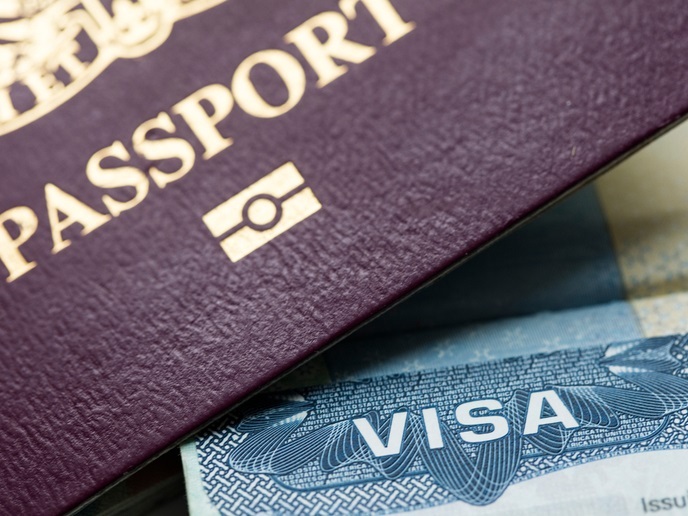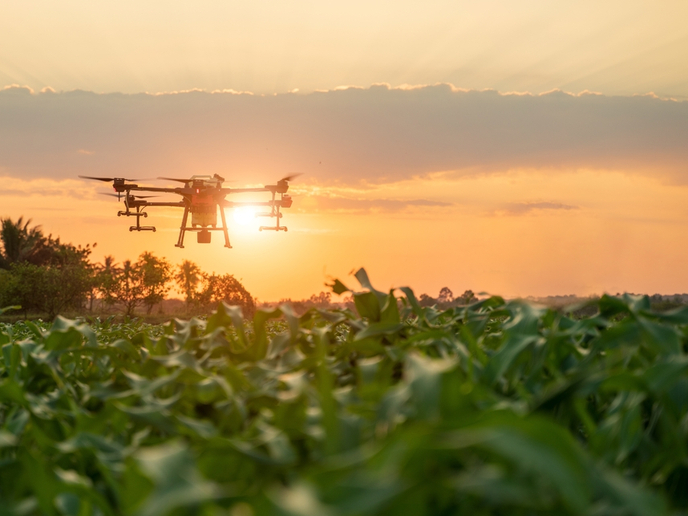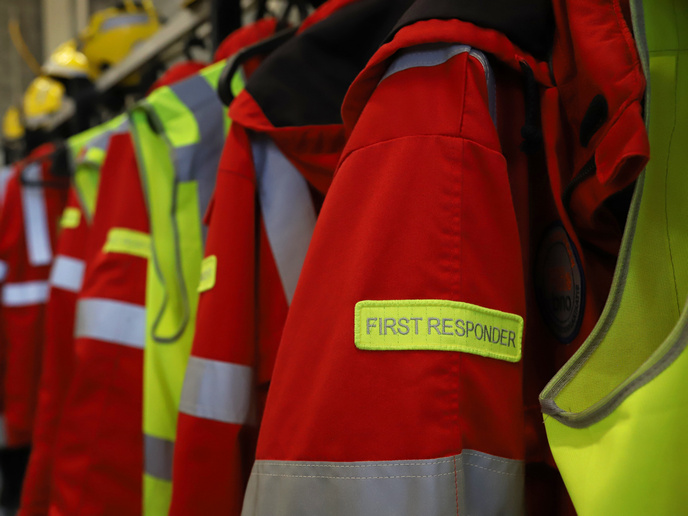Fully automated web-based solution tackles printed document fraud and counterfeiting
In contrast to security features like ultraviolet light sources and watermarks, the biometrics of documents like passports with a chip can’t be counterfeited. Given this data, it’s possible to detect if a document has been created with the original printer and paper. This is because original documents are printed using specific technology on a particular printer and paper. Document biometrics are currently checked by forensic experts only after a document has been identified as counterfeit. Each case requires many hours and even days because there are no technical systems that can streamline or automate this process.
Game changer in document fraud detection
The EU-funded ANDRUPOS project provides a highly automated solution for real-time document analysis. “Thanks to our disruptive technology, document biometrics can be checked by anyone who scans a document, potentially leading to millions of checks daily in Europe and around the world,” says coordinator Jan Schloen. “We focused on the two most pertinent threats affecting citizens and businesses: document fraud and counterfeiting.” Project partners delivered a software-based solution for printed document examination and classification using fast, optical, non-destructive methods. It extracts a printed document’s biometric properties such as printing method, paper, printer and ink – that can all be traced to the source used to create the document. “Identifying the source printer and obtaining knowledge of the individual printer as well as a document’s printing details are important steps in fighting crime like forgery,” notes Schloen. Possible fraud of a document like an ID, passport, contract or banknote can now be determined quickly and reliably, before submitting the document for forensic examination. This means that the outcome can be compared with and potentially connected to other customers’ analysis results. “An innovative feature is the ability to link counterfeits to printers, so that different counterfeits and cases can be traced back to organised criminal groups,” explains Schloen. “This is a huge step in linking organised crime.”
Taking forensic intelligence to another level
The ANDRUPOS team developed an analysis software platform that’s integrated into a web-based server. Client applications on desktop computers or mobile devices can then post scanned (magnified) images of documents to the server via the internet. The server application receives the data, analyses the image and matches the extracted features with the database entries (printing technology, brand and print mode). A software development kit is currently being tested for integration into existing forensic equipment and devices. In addition to extracting this information from a single printed document, the ANDRUPOS system can also examine a set of documents to determine whether all the pages originate from the same printer. This makes it possible to link suspect documents to a single printer item anywhere in the world. “The ANDRUPOS innovation will reduce the time and effort needed for the entire document examination procedure by up to 80 %,” concludes Schloen. The solution will also provide useful forensic information to European law enforcement, security and intelligence agencies. “This novel examination system is essential in responding to current EU and global challenges concerning terrorism, refugees and migration. Verifying the authenticity of travel documents is a key element of border checks and a precondition for efficient border control.”
Keywords
ANDRUPOS, document, printer, forensic, fraud, printed document, security, crime, counterfeit







